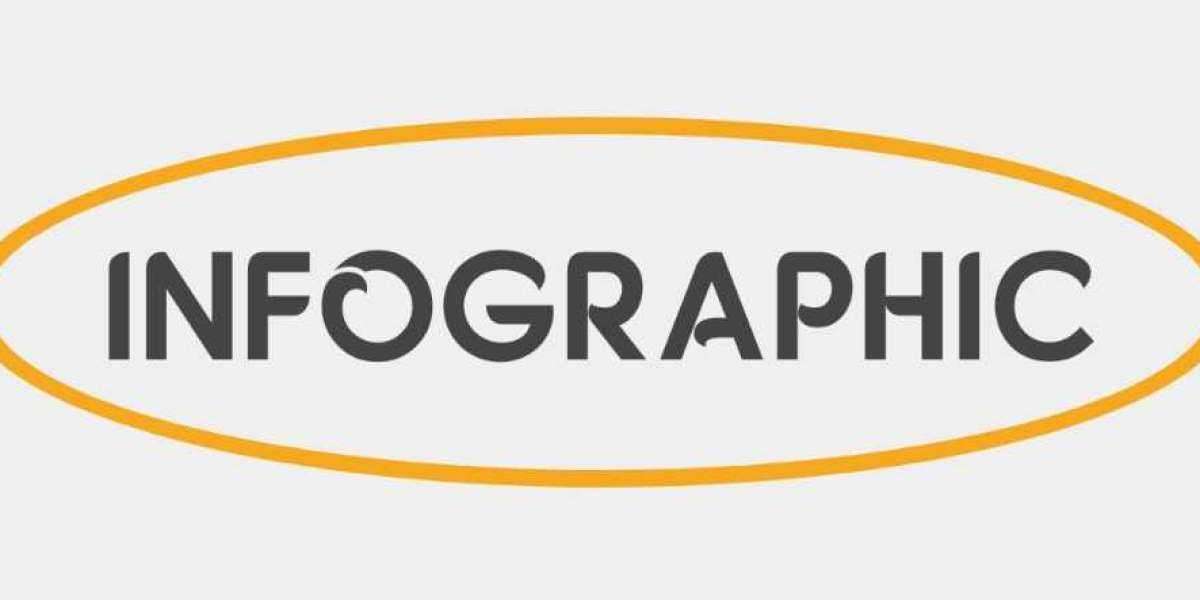In an era where healthcare costs are soaring, health insurance has become an indispensable financial instrument for individuals and families. It serves as a protective barrier against unforeseen medical expenses, ensuring access to quality healthcare without imposing a significant financial burden. Whether through employer-sponsored plans, government programs, or private policies, health insurance plays a crucial role in safeguarding both physical and financial well-being.
Core Components of health insurance
Health insurance policies encompass several key components, each designed to address specific healthcare needs and cost-sharing mechanisms:
1. Premiums
A premium is the amount an individual pays—monthly, quarterly, or annually—to maintain health insurance coverage. Premium rates vary based on factors such as age, health condition, location, and coverage level.
2. Deductibles
The deductible is the amount policyholders must pay out of pocket before insurance benefits take effect. Higher deductibles often result in lower premiums, whereas lower deductibles lead to higher premium costs but reduced upfront medical expenses.
3. Copayments and Coinsurance
- Copayment (Copay): A fixed amount paid for specific services, such as doctor visits or prescription medications.
- Coinsurance: A percentage of healthcare costs that the insured must cover after meeting the deductible.
4. Out-of-Pocket Maximum
This is the maximum amount an individual is required to pay in a given year. Once this limit is reached, the insurance provider covers 100% of eligible expenses for the remainder of the policy period.
Types of Health Insurance Plans
Health insurance policies come in various forms, each catering to different healthcare needs and preferences:
1. Health Maintenance Organization (HMO)
- Requires policyholders to use a network of approved healthcare providers.
- Typically mandates a primary care physician (PCP) referral for specialist visits.
- Lower premiums and out-of-pocket costs but less flexibility in provider choice.
2. Preferred Provider Organization (PPO)
- Allows policyholders to visit both in-network and out-of-network providers.
- No referral required for specialists.
- Higher premiums and out-of-pocket expenses but greater provider flexibility.
3. Exclusive Provider Organization (EPO)
- Similar to an HMO but without referral requirements for specialists.
- No coverage for out-of-network providers except in emergencies.
4. Point of Service (POS)
- A hybrid model combining features of HMO and PPO plans.
- Requires a PCP for referrals but allows some out-of-network coverage.
5. High-Deductible Health Plans (HDHPs) with Health Savings Accounts (HSAs)
- Lower premiums with higher deductibles.
- Compatible with Health Savings Accounts (HSA), allowing tax-free contributions for medical expenses.
- Ideal for individuals seeking lower premiums and tax-advantaged savings.
The Importance of Health Insurance
1. Financial Protection
Medical emergencies can result in overwhelming expenses. Health insurance mitigates the financial strain by covering hospitalization, surgeries, medications, and diagnostic procedures.
2. Access to Preventive Care
Many health insurance plans include preventive services such as vaccinations, screenings, and wellness check-ups at no additional cost, promoting early disease detection and overall well-being.
3. Reduced Prescription Drug Costs
Insurance providers negotiate discounted rates for prescription medications, significantly lowering out-of-pocket expenses for policyholders.
4. Mental Health and Wellness Coverage
Many modern policies include mental health services, such as therapy and psychiatric care, recognizing the importance of holistic well-being.
Challenges and Considerations in Health Insurance
1. Pre-Existing Condition Coverage
While the Affordable Care Act (ACA) prohibits insurers from denying coverage based on pre-existing conditions, policyholders must verify that their plan adequately covers chronic illnesses.
2. Network Limitations
Not all healthcare providers accept every insurance plan. It is essential to confirm whether a preferred doctor, hospital, or specialist falls within the plan’s network.
3. Policy Exclusions
Certain treatments, elective procedures, or alternative therapies may not be covered. Reviewing policy exclusions is crucial to avoid unexpected expenses.
4. Affordability and Rising Costs
Despite insurance coverage, high deductibles and copayments can still create financial strain. Choosing the right balance between premiums, deductibles, and coverage benefits is vital.
Tips for Choosing the Right Health Insurance Plan
- Assess Healthcare Needs – Consider factors such as existing medical conditions, prescription drug requirements, and preferred doctors.
- Compare Plan Types – Weigh the trade-offs between cost, provider flexibility, and required referrals.
- Examine Total Costs – Look beyond premiums and evaluate deductibles, copays, coinsurance, and out-of-pocket maximums.
- Check Provider Networks – Ensure preferred hospitals and physicians are included in the network.
- Review Prescription Drug Coverage – Confirm that necessary medications are included in the plan’s formulary.
- Understand Enrollment Periods – Be mindful of open enrollment deadlines to avoid lapses in coverage.
Conclusion
Health insurance is not just a financial safeguard—it is a fundamental tool for ensuring long-term well-being. By understanding coverage options, cost structures, and policy benefits, individuals can make informed decisions that provide both medical security and financial peace of mind. As healthcare needs evolve, regularly reassessing and optimizing insurance coverage ensures continued access to essential medical services while maintaining financial stability.



